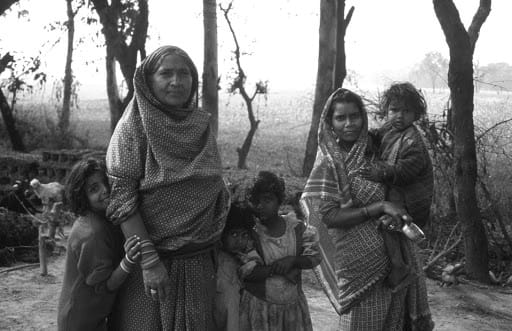By Arushi Kapoor

Most of us grew up hearing phrases like ‘Humans should learn from their past’, ‘Nature is the art of God’, ‘We should respect nature’, etc. which in a form embodied the basic values of human life. The current pandemic COVID-19 has brought the whole world to its knees regardless of a person’s status, wealth, nationality, or political leanings. It has forced us to take a break from our rat racing lives and reflect on our current lifestyles while also delving into our past. Understanding the past is crucial to analyse the actions which ultimately gave us the present as its result. In this process, references are being made to the epidemics and pandemics faced by humans on various steps in history. Thus, following is an account of how Marwar (Jodhpur) in Rajasthan battled such an epidemic not so long ago and how the measures taken stand in comparison with efforts being made now.

The kingdoms (later called the princely states) of Rajasthan had a long tradition of keeping records in varying forms of the notable happenings. One such major source of history for this region was called HAKIKAT BAHIYAN which contains elaborate reports on measures taken to counter one such epidemic in 1836 and plague in 1918. It was in the months of September-October, 1836 under the rule of Maharaja Man Singh (1803-1843), when there was a spread of a contagious disease not much different from Corona Virus. Hakikat Bahiyan defines it as ‘shehar mai rog chaliyo’ (the city is under the spread of a disease). While some of the measures taken were of common nature, some were rather interesting which are being adopted even today. The first step was to collect funds which were initiated by the king himself. He donated wealth equal to his body weight which amounted to ₹8800 equivalent to almost ₹8 crores in current value. Further, huge amount of donations were collected similar to the present PM and CM care funds.
Much like the contemporary doctors and medical scientists, the king consulted Brahmins and vaids (doctors) to ascertain a path to ward off the epidemic. One of the resulting steps was to pour alcohol on the boundary wall of city including all the windows and doors; Chandpol, Sojti gate, Sivanchi gate, Jalori gate, Nagori gate & Modti gate were drenched with alcohol at night after the pious invocation to Bhairoji (bhairavji) was in place. This had a dual purpose, while alcohol was a sanitizing agent to keep the disease out from city walls (like it is being used as an essential component in sanitizers today); it was supposed to be blessed with divine powers of Bhairoji. Besides this, religion being a dominant element of state power, there were regular Yajnas and Homs performed on daily basis near the gates and boundary to keep the infection at bay. These performances included objects which produced plenty of smoke supposed to purify the air.
Another such situation was faced in the form of plague and influenza near the end of World War I in 1918. It was during the rule of Maharaja Sumer Singh (1911-1918), who himself was not able to survive the illness and died at a young age of 21. Nevertheless, the king resorted to the most influential counter measures. These included setting up a relief committee to look after the needs of the poor including food and medicines. To reduce the population density in small areas, temporary shelters were built outside the city walls. All the grand houses and private property associated with the royalty and government were made available to accommodate the common people on king’s orders. There was also an attempt to control the inflation and make necessary items available to all on a regulated price. Even the shop and city gates’ timings were regulated more strictly than in the usual days.
One important factor common to the actions of both the kings was their aim to keep the workforce involved in front foot fight against these diseases separate and far away from the common populace. Same was applicable to patients and the ones attending to the unfortunate who couldn’t survive, unlike the mandatory quarantine for frontline corona fighters.

Above stated efforts are in a way the primitive forms of actions adopted to fight of COVID-19. Social distancing, providing basic necessities to all, attempts to reach a scientific cure as fast as possible (can be compared to religious solution being dominant in past) are the simplest steps possible to stop the spread of most advanced and fatal disease till now. This takes us back to the cardinal lessons about the values of life we are taught during our childhood. It’s time we stop ourselves from harming the nature beyond repair, stop the population explosion, respect and appreciate what we have instead of running like machines and leading workaholic lifestyle. Burdening the environment around us will always lead to a pandemic or epidemic of some kind, unless we learn to live in harmony with nature. It’s like earth’s warning to keep in check the glutinous humans. Humans should learn to respect each other, and all kinds of occupations. The distinctions of status and wealth need to die for a better life for all. It’s time we learn the lessons history has attempted to teach us numerous times.
The writer had just finished her M.A. in History from Delhi University and preparing for further studies. Exploring culture, society and learning about the various facets of humanity has intrigued her since childhood and thus she aspires to contribute her bit in making the world a better place.


